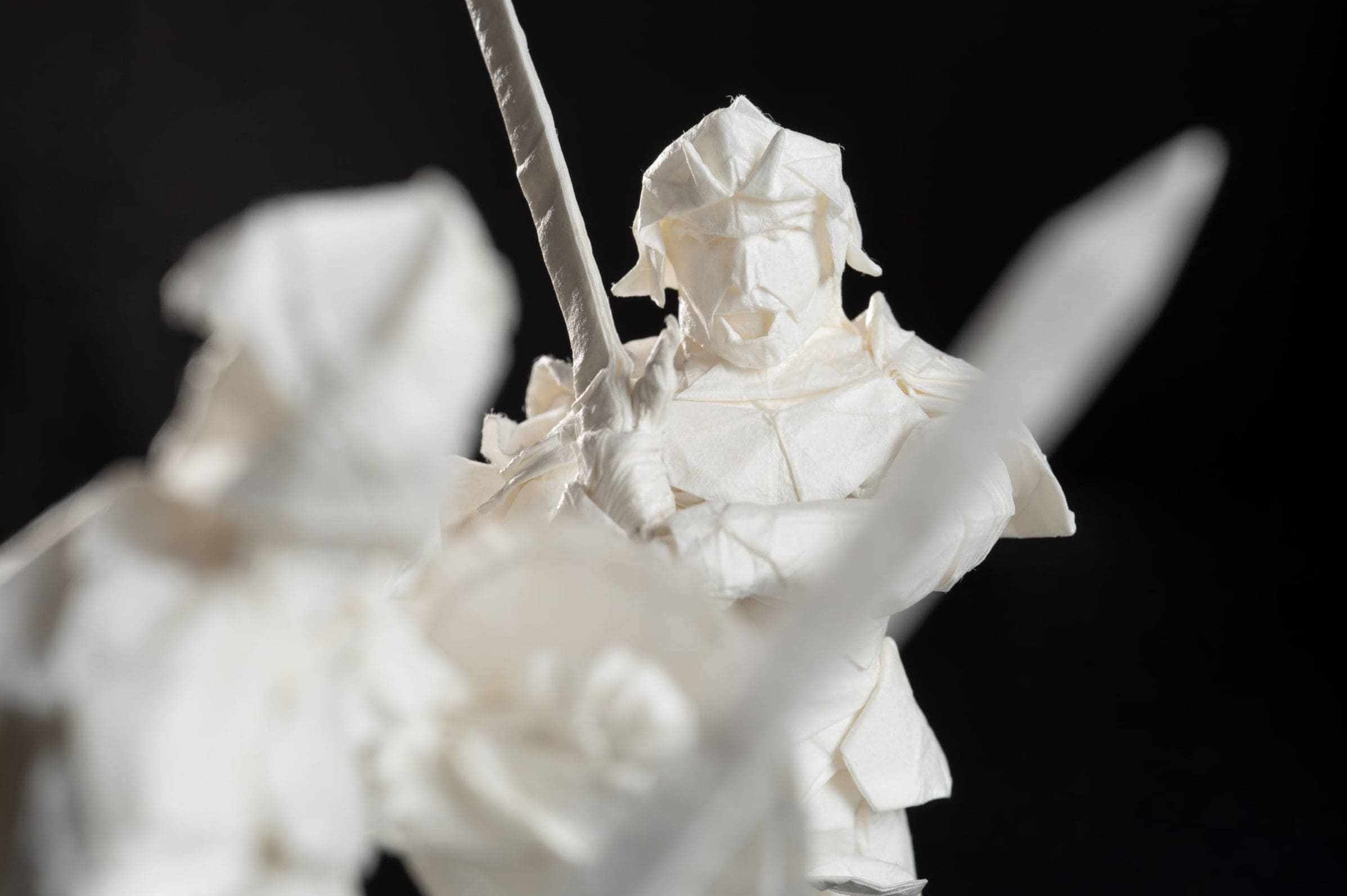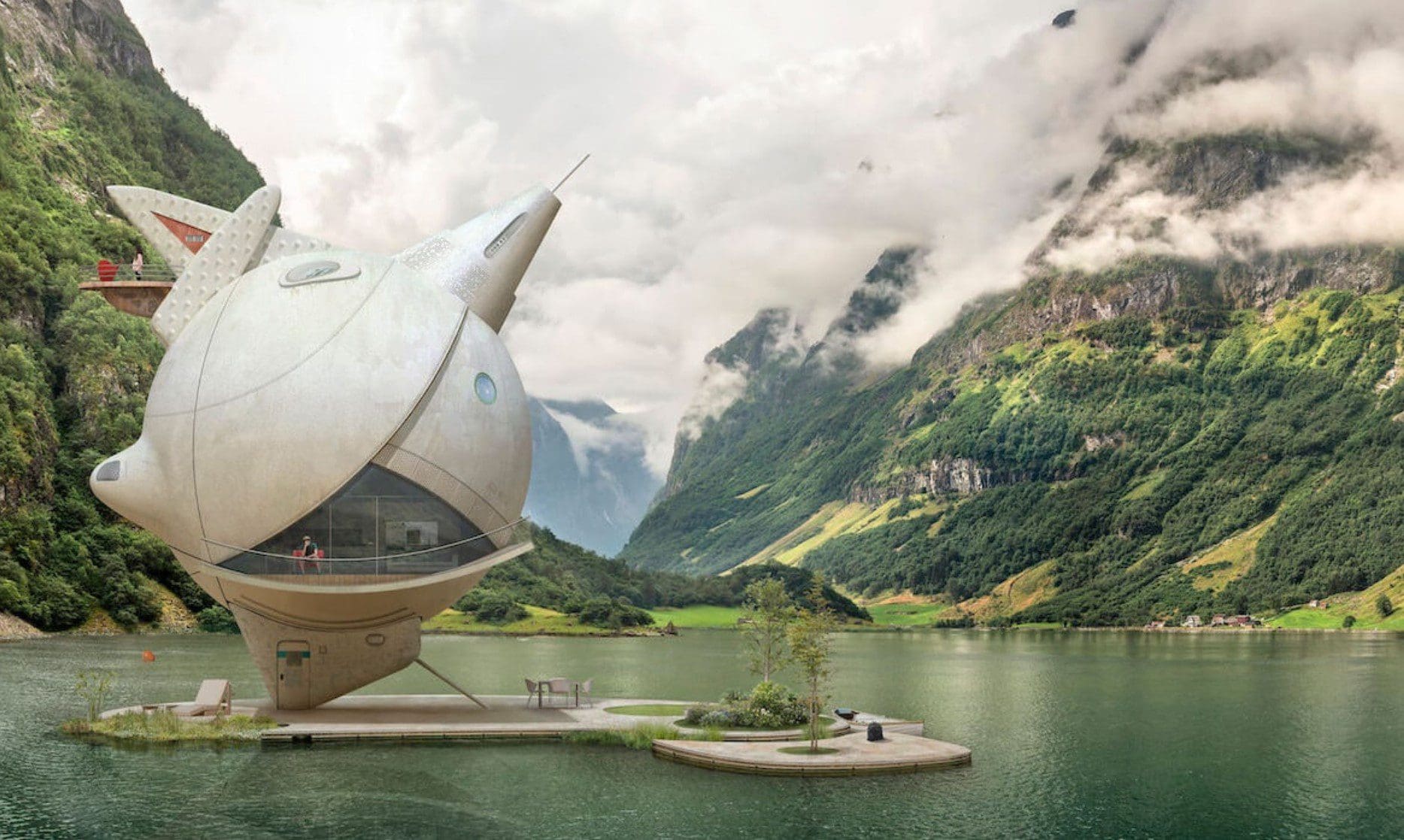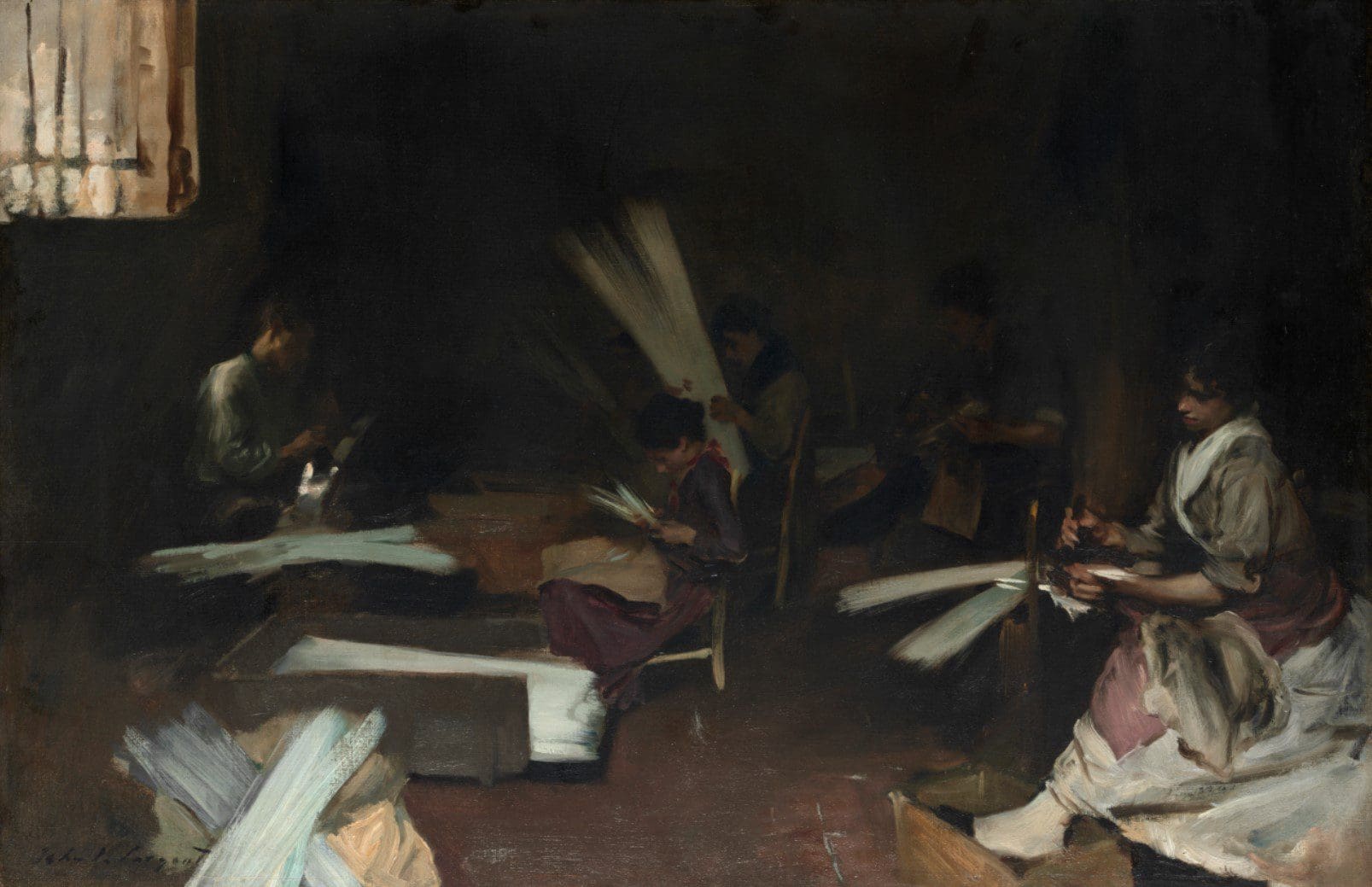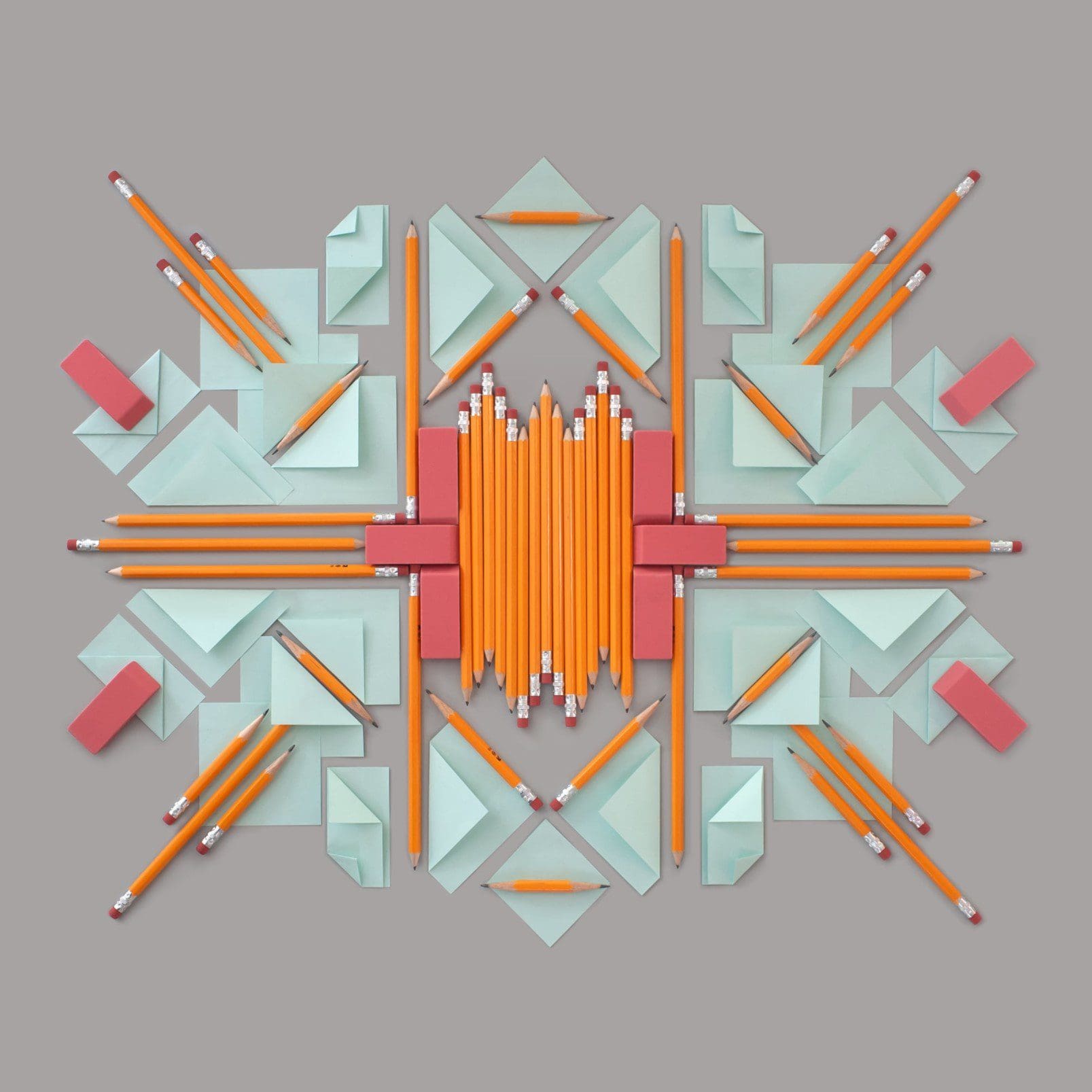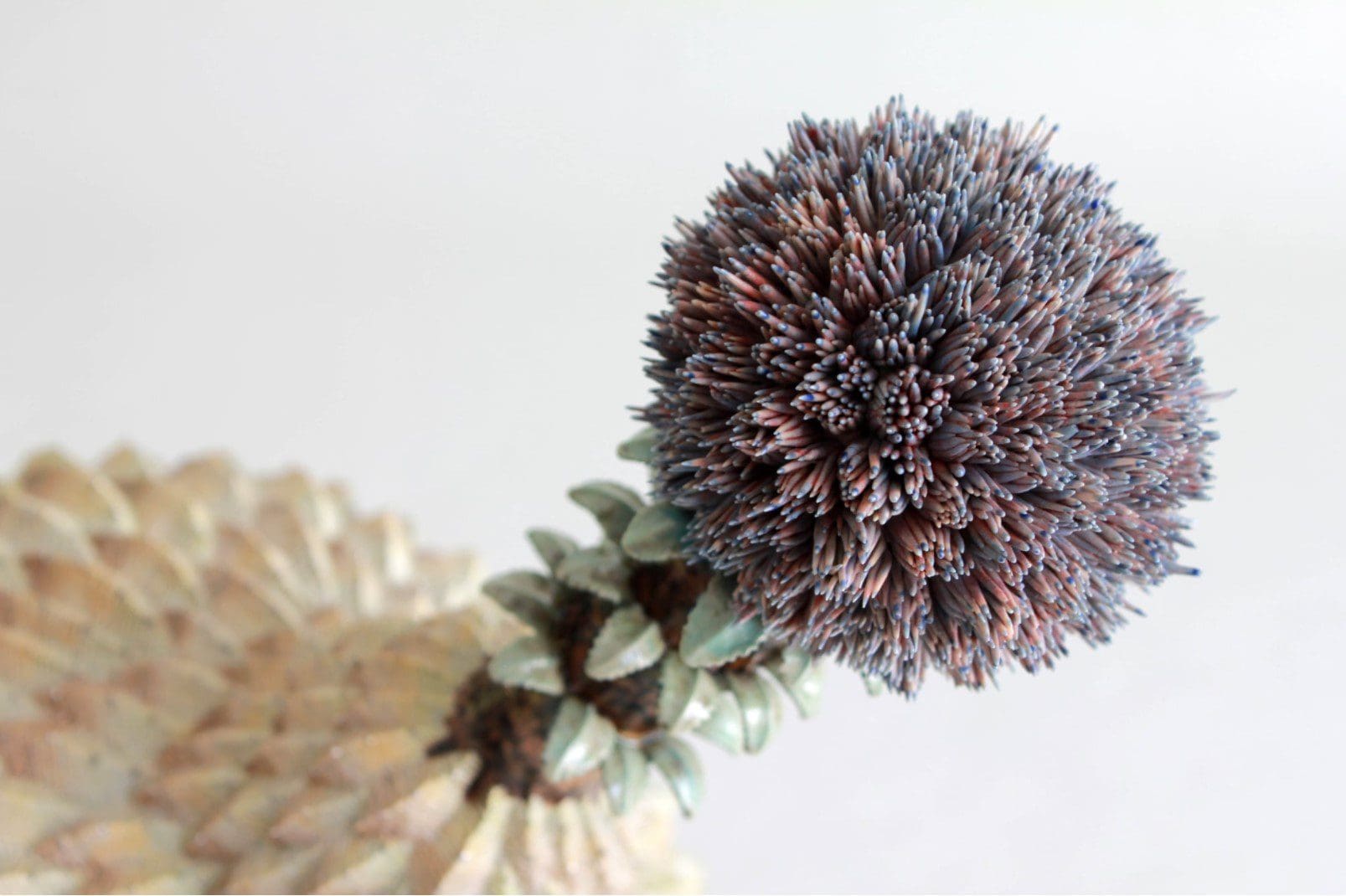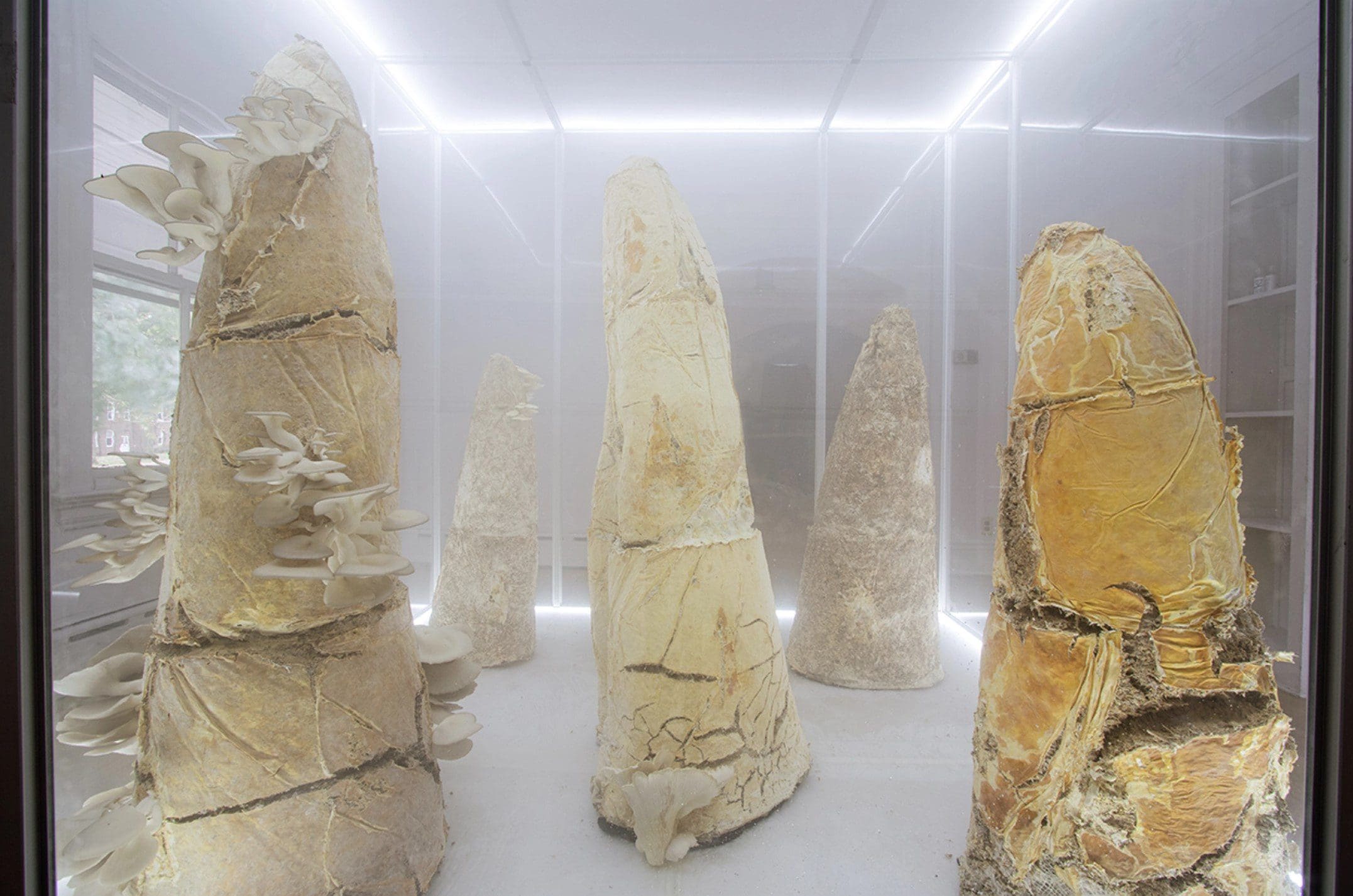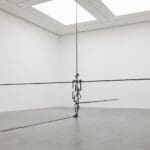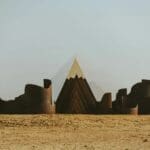Image © Juho Könkkölä
Origami marvel Juho Könkkölä continues to amaze us with his troop of intricately folded warriors of his own design. Following an elaborately armored samurai and sword-and-shield-toting knight, the Finnish artist just released his latest work featuring two characters as they prepare for a fight. Similar to his previous pieces, Könkkölä used a single sheet of 95 x 95 centimeter Wenzhou paper with wet and dry origami techniques—watch his entire process in the timelapse below—to fold the dueling figures.

